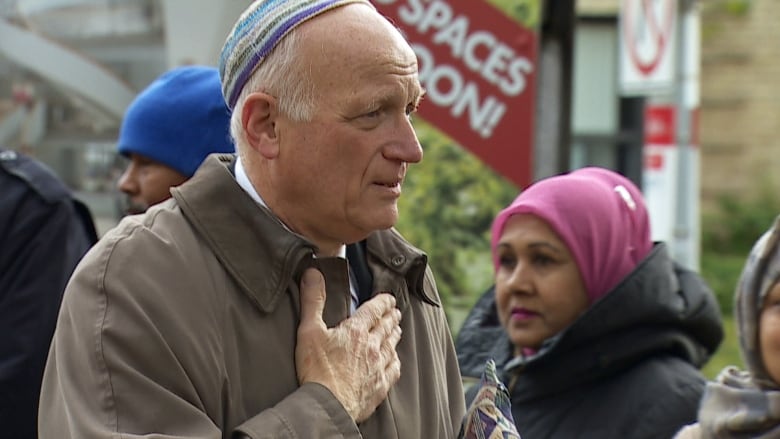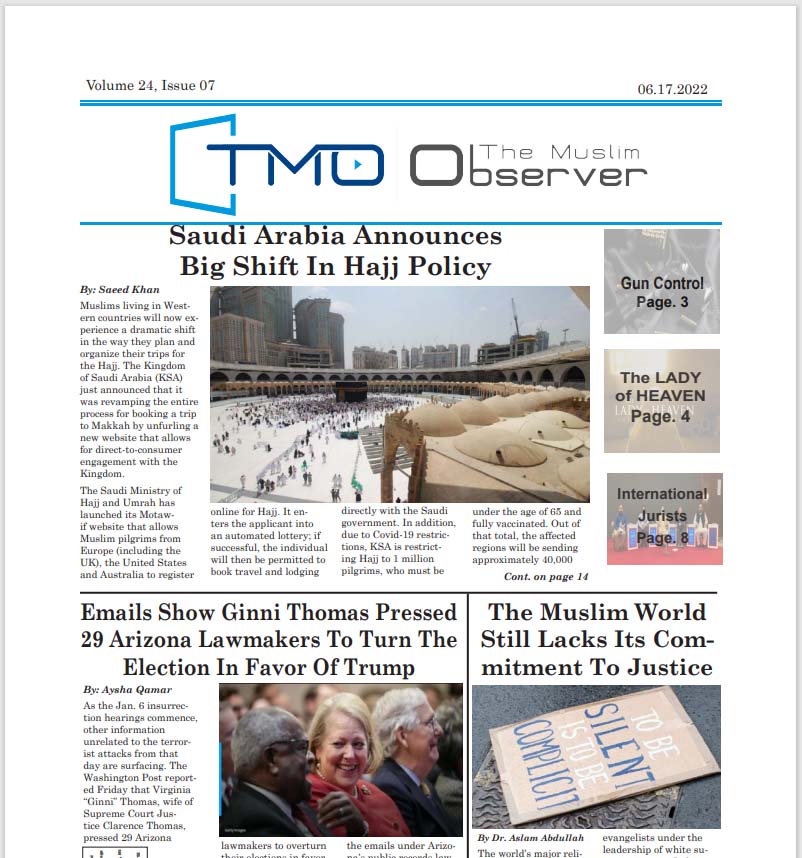Bangladesh: The Age Old Fault Line and the Collapsing Buildings
By Anwarul Islam
“My father, Sir, was born in debt, grew up in debt and died in debt. I have inherited my father’s debt and my son will inherit mine.†-An anonymous peasant in British Colonial Bengal.
In present day Bangladesh, those who are dying and getting mutilated in collapsed factory builds are, no doubt, the progenies of the peasants like the one I quoted above. From the burden of collapsed heaps of concrete to the burden of debt incurred from usurious money lenders, the story did not change much over the ages for many. And this picture of desperation is not just limited to Bangladesh, geographically known East Bengal of British India; throughout the entire Sub-Continent, we are witnessing the similar situation. The thousands of farmers killing themselves in rural India testify to that fact.
No doubt that the situation has improved in many ways compared to the colonial period, especially in the last two decades. However, according to the recent UN report, twenty nine percent of the populace is still under the poverty line and as many as sixteen percent are in extreme poverty in Bangladesh; in numbers, there are still 25.3 millions who are considered ultra-poor.
The Bengal province of India where modern day Bangladesh has been curved out was an active participant in globalized economy since time immemorial and enjoyed healthy balance of trade in its favor. When the East India Company went to India, one of the British mercantilists called it the ‘sink’, where gold and silver would disappear with the least prospect of reappearance. Such was the balance of trade in its favor and that was true against all trading partners that included greater India, Central Asia, Western Europe and Eastern and Western Asia. In addition to fertile land, abundant rain and rejuvenating flood, the skill of the people and their characteristic aversion to luxury were mentioned as the cause of the trade surplus.
During the Mughal time, Bengal became the rice basket for India and other polities of South East Asia. It was during then, Eastern Bengal became overwhelming Muslim. In this respect, Bengalis are different from the rest of the Muslims in India, except maybe, the Punjabis. Throughout India, most of the Muslims were of urban origin. In East Bengal it was the rural peasants who became Muslims. The dynamics of Islamic root in Bengal is not very well understood even today by many. As a result any political and social missteps had been made in dealing with the Bangladeshis.
Writings of Mughal historians showed that the Mughals did not like the humid weather of Bengal or its people but they did contribute to the process of Islamization and made it flourish economically. The lure of collecting bullions as tax was too lucrative to pass up and the seasoned Mughal bureaucrats shrewdly utilized that fact.
In the middle of the eighteen century, on the eve of the East India Company takeover, Bengal was one of the most industrialized places on the earth. Others were Yangzi Delta, Guangdong and Guangxi Coast of China and Coromandel Coast of India. However, since the East India Company conquered Bengal, the process of globalization was not kind to its residents. Armed with the blue print of the Irish Enclosure Movement, the East India Company became land owners and became the Diwan, the land tax collector. And collecting they did. The British mercantilists considered every financial transaction as a zero sum proposition. So the depletion of resources of Bengal was a natural process as someone’s gain must be somebody’s loss. Burden of tax and crop failure caused a catastrophic famine in 1770 when about one third of the Bengal population perished. And it did not get any better under the suzerainty of the Company or the British Raj.
All the peasants became landless laborers. The land ownerships ultimately went to absentee Zaminders, majority of whom lived in Calcutta but were super-efficient in collecting taxes from the poor cultivators through muscle men and private militia. And there were money lenders who greased the gears of the rural economy by lending money at usurious rate. The money lending caste became a legendary social entity since then. Even some Muslims were involved in money lending even they were few and far between. The textile industries disappeared when India became the captive market of the products of the British Industrial Revolution. The historical quote I started with at the beginning should be understood with this background in mind.
In India, the Indo Aryan Caste System was rooted in the division of labor. When the Aryans from Central Asia settled in the upper Ganges Valley in the beginning of the first millennium BC, the division of labor became the socio-religious identity. Needless to say that, in the scheme of social stratification, the indigenous people of India did not fare well. The social fault lines created at that time are still showing its adverse effect throughout the Sub Continent.
The Turks and Afghan rulers, who came to India later at the beginning of the Second millennium AD, could not change the legacy of the social stratification of the Indo Aryans. The opposite might have happened. Like many newcomers to India, they were influenced by India and could not get over the socio-religious fragmentations of the Indian society. The newcomers thought themselves superior and called themselves Ashrafs. This trampling of the basic tenets of Islam was a blot in history of the Muslims in India. Those who are familiar with the writings of poet laureate Allama Iqbal would understand what I am talking about.
In present day Bangladesh, and in other part of the Subcontinent for that matter, the poor illiterate segments of the population are still struggling to overcome the age old legacy. The fault lines have not yet been repaired. This segment of the poor, illiterate Bangladeshis is the ones who are risking their lives in those garment factories and other hazardous professions created at the peripheries of modern day globalization.
The only option out there is to provide education the children of the illiterate masses so that they have a chance to change their lives for the better. And in this globalized labor market, right education is a real potent weapon. For the Muslims, right education can indeed, erase the age old social stratifications. Millions of Bangladeshis whose ancestors toiled on the soil are now participating in the global economy inside and outside of Bangladesh is the testimony to this effect. The problem is that there are still millions who lack bootstraps to lift them out of the desperation and helplessness. They need help. Until that happens, those hazardous working conditions will keep massacring the illiterate, landless men and women.
15-29














2013
1,013 views
views
0
comments